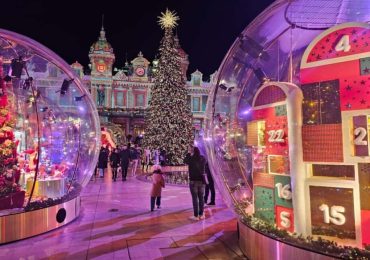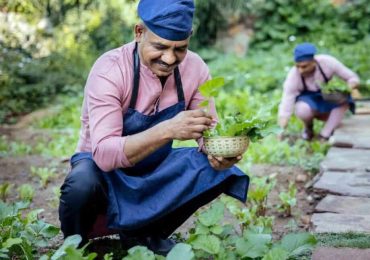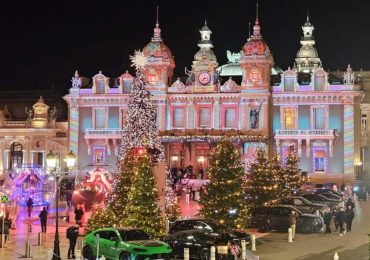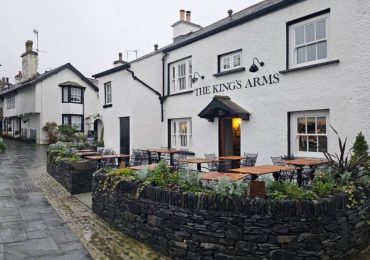What makes a great Dubrovnik vacation? The UNESCO-listed old town, the cultural legacy, the natural beauty, the moderate Mediterranean temperature, and delightful Dalmatian cuisine. Foodies have long considered Dubrovnik, the Adriatic Sea’s crown jewel, to be an exceptional culinary destination in Croatia.
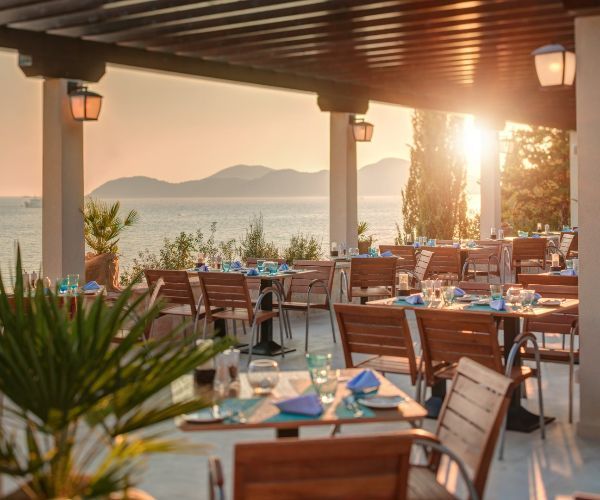
It’s all about the fresh ingredients and simple recipes that have been handed down from generation to generation that make Dalmatian food so special. Like in the rest of the Mediterranean region, you’ll discover fresh veggies and seafood at every turn, along with aromatic herbs and spices, garlic, olive oil, and locally harvested salt from Ston.
Regardless of where you stay, here are some recommendations of what you should not miss on your next trip to Dubrovnik.
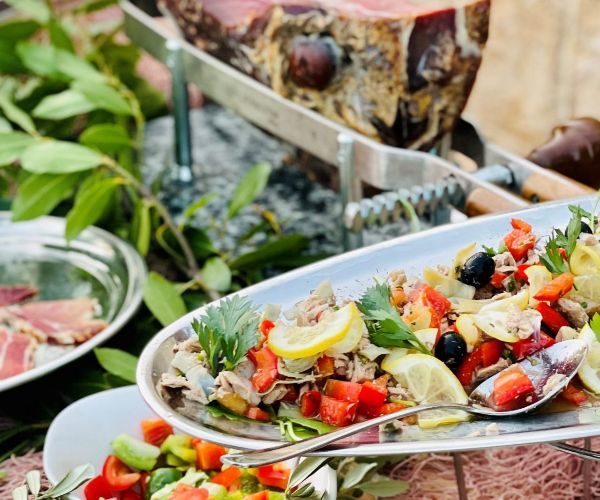
Let’s start from the beginning
It’s time for an aperitif! Before a meal or as a digestif, Dubrovnik restaurants and local households would serve chilled homemade grappa (rakija) or other local liqueurs. In addition to the variety of flavours, here are a few real ones to try. A rose liquor (rozulin) made from rose petals of the old flower ‘rosa centifoliae’ historically found in many Dubrovnik gardens is an absolute winner in terms of uniqueness and authenticity. However, given that it is now a challenge to harvest the petals of this specific flower and mix them with sugar and grappa before laying them for 2 months in the warm Croatian sun, it is easy to see how special rozulin is and why it is only served on special occasions. Another local treasure is a Dubrovnik liqueur made from the grape variety ‘plavac mali’ (mostly used in premium wine production) and made per a centuries-old recipe dating back to the time of the famous Dubrovnik Republic. Other flavours we recommend are sweet carob liqueur (Rogauačuša) and Loquat liquor, which has a bitter-sweet taste similar to almonds and is made from the exotic fruit loquat (nespola).
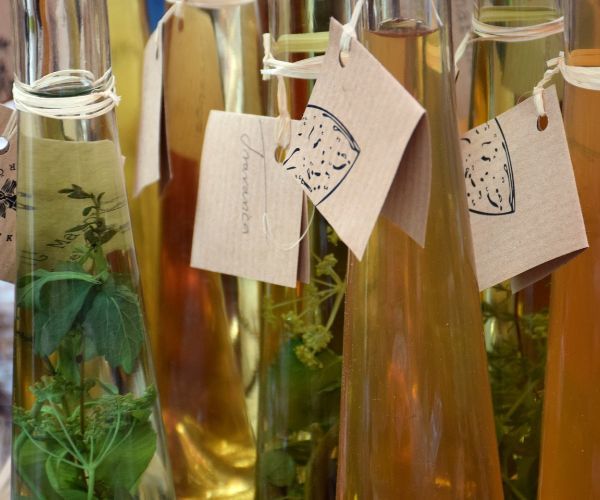
Catch of the day
Given its proximity to the sea, it’s no surprise that seafood is a mainstay on many menus in Dubrovnik, and grilled fish with local olive oil and vegetables is a regional favourite and one of the most popular dishes. In these parts, it is said that a fish swims three times in its life: once in the sea before being caught, once in olive oil during preparation, and once more in excellent local wine as the meal is consumed and enjoyed. Simply inquire about the catch of the day, which may include sea bass, sea bream, dentex, mackerel, scorpionfish, swordfish, and other species. Not to mention other seafood delicacies such as different shells, shrimp, prawns, squid, and octopus, which may be served as an entrée or as a main course. Head to one of the oyster farms in the Mali Ston region for a very unique experience, tasting them fresh only with a slice of lemon.
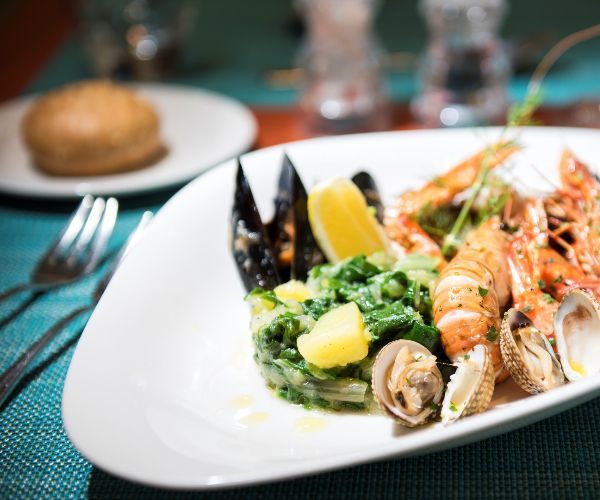
To make the experience even better, choose a white wine that pairs well with seafood flavours. Crvik’s Malvasia Tezoro, created from the scarce Dubrovnik Malvasia grape, is the king of whites. Wine for high-quality cuisine that is mature, warm, big, sophisticated, substantial, and harmonic.
Treasures under the bell
‘Ispod peke’ – or ‘under the bell’ – is an unforgettable gastronomic experience that you should not miss while in Dubrovnik. Peka is a huge bell-shaped metal dish that is immediately placed in an open fire (live coals, actually), as well as a word for the slow cooking method of meat (usually lamb and veal) with potatoes and vegetables. Peka-style meals must be ordered ahead of time due to the cooking period of 2.5 to 3 hours. Octopus under the bell (Hobotnica ispod sača) is another option. Roasted octopus combined with potatoes and vegetables, seasoned with fresh Mediterranean spices and cooked under the bell to capture flavours and moisture, is a must-try when visiting Croatia.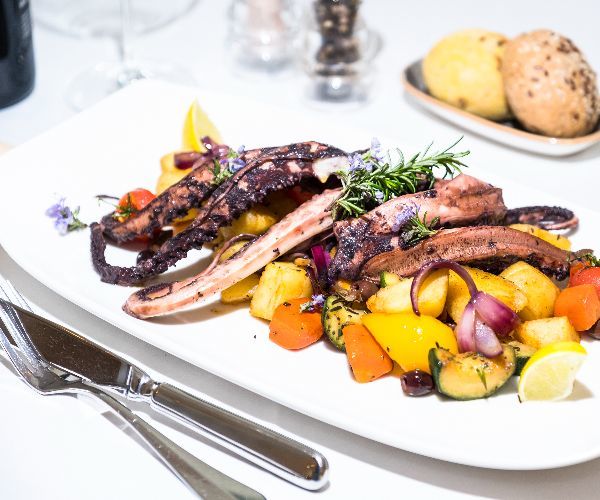
Pašticada
Meat aficionados will also like the slow-cooked beef dish Pašticada, which is served with meat juices and homemade gnocchi. Even though the recipe dates back to the Greek and Roman eras, every town in Dalmatia has its unique, finest version of pašticada. The preparation is sophisticated since it requires an overnight marinating with fragrant herbs and spices, followed by hours of slow simmering in a thick sauce until the meat is perfectly soft. With that homemade gnocchi, it’s easy to understand why this regional beef classic is one of Croatian gastronomy’s highlights.
To match the flavour of the meat, choose a local red wine, such as quality Dingač wine from the Pelješac area. It is a full-bodied red wine with dark cherry, blackberry, and plum that are underpinned by a strong but ripe tannic structure.
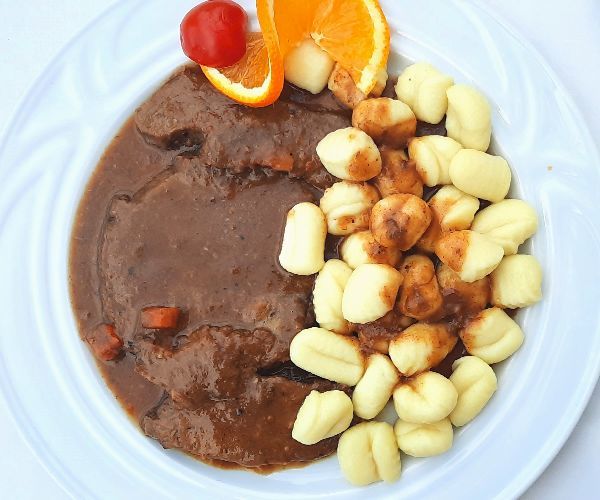
Save some room for a dessert
Traditional Dubrovnik sweets are excellent; here are a few suggestions that are frequently available on restaurant menus. The Dubrovnik rozata, the city’s counterpart to the French crème brulee, has been designated as Croatian cultural heritage. Although it dates back to the Middle Ages, its simplicity has meant that it has been kept to this day. Chocolate lovers will appreciate a bitter orange chocolate tart, especially during the fall and winter months if they’re picked from Dubrovnik’s many gardens.
Because carob trees can be found all across Dalmatia, they provide the main component for delightful fudge-like desserts even without the addition of chocolate. So, if you like chocolate but want a perhaps healthier option, go for a carob cake. Discover Ston almond cake, a delicious cake with almonds and an odd filling – pasta, while you’re at it.
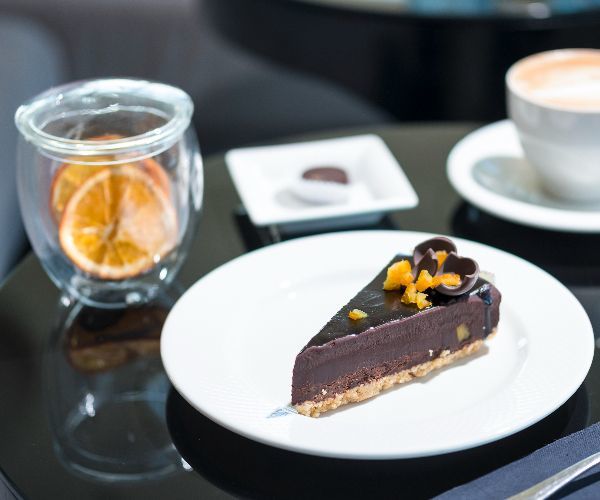
And are you seeking real Dubrovnik candy? Quince candy is simple to prepare with only four ingredients, and the result is a tasty jellied sweet… Pair it with a glass of prošek, a dessert wine prepared from dried grapes using a unique passito process and produced solely on Croatia’s Dalmatian coast from indigenous wine varieties. Enjoy a combination of exquisite local sweets with the richness of dried fruit and the sweet barrique aromas of prosecco.
Let’s not forget about coffee
The majority of meals in Croatia, whether in a restaurant or a local household, finish with a cup of coffee. When you go to a restaurant or café, you’ll have a variety of coffees to select from – espresso, small (and big) macchiato, cappuccino, white coffee, coffee with cream…not to mention numerous Nescafes. In private homes, Turkish coffee is typically served black or with milk, with or without sugar. The majority of hosts will also provide instant coffee. A cup of coffee is never just a beverage; it’s a social ritual that brings people together for both pleasure and business purposes. When it comes to coffee at a café, it doesn’t take long to realize how important it is in Croatian life. Especially on Saturday mornings, when residents fill the finest seats on terraces to enjoy the city atmosphere with close friends over a cup of coffee, which is the ideal time to see and be seen.
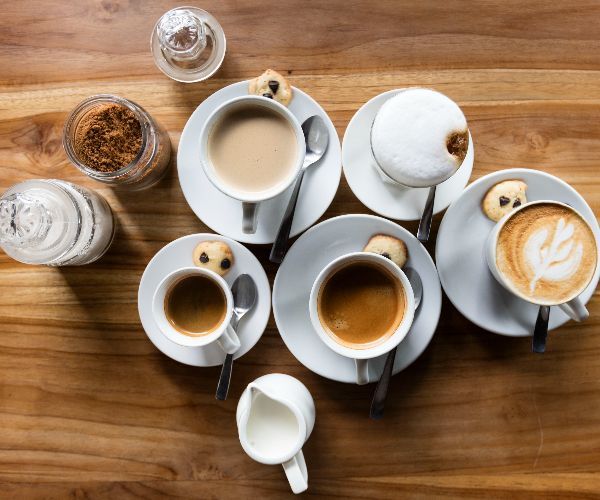
So, what do you want to have tonight for dinner?
Christian Larss Kreković is a General Manager at Sun Gardens Dubrovnik. Sun Gardens Dubrovnik is a luxury resort on the Adriatic coast in Croatia offering bespoke guest experiences.
If you would like to be a guest blogger on A Luxury Travel Blog in order to raise your profile, please contact us.

